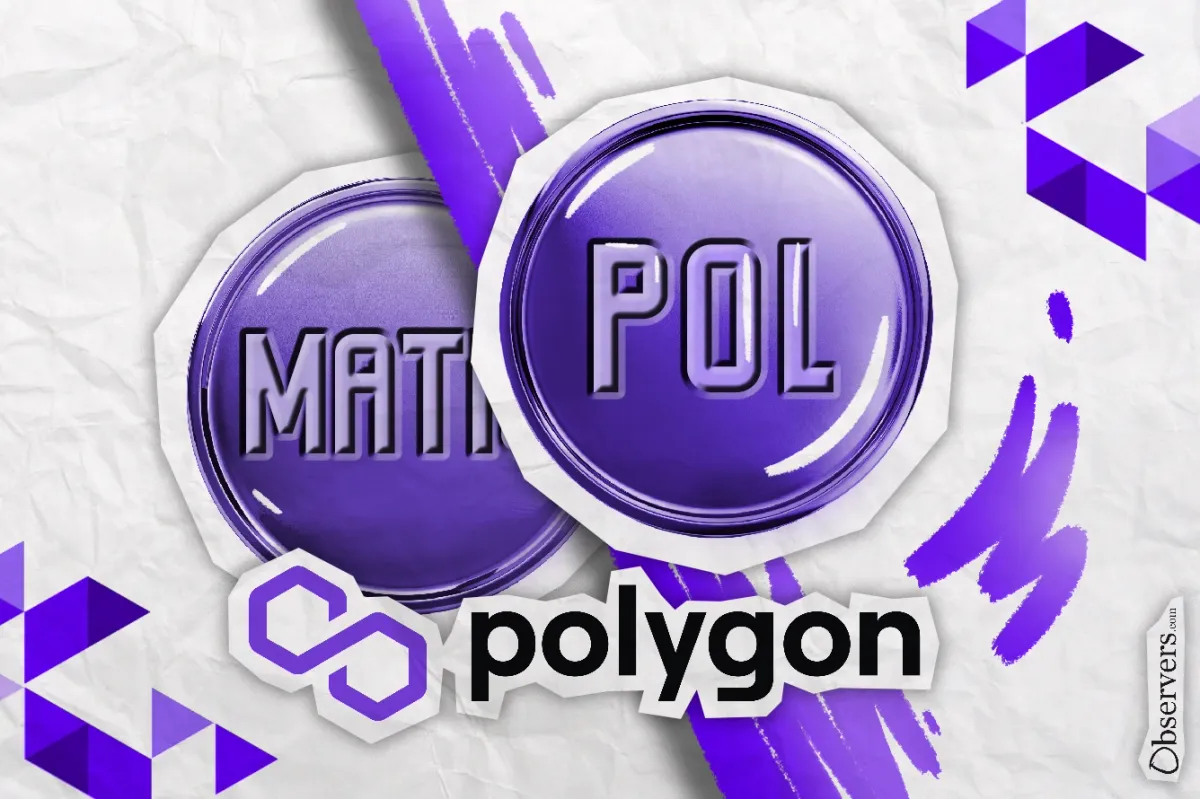
Polygon has announced a significant transition: the conversion from its $MATIC token to a new token, $POL, scheduled for September 4th. This upgrade is part of a big change for the Polygon network, with $POL set to take over from $MATIC as the main token used for transaction fees and staking on the Polygon Proof of Stake network. Furthermore, $POL will play an important role in the upcoming AggLayer.
Although Polygon rebranded itself from Matic Network to Polygon in 2021, it has retained the $MATIC token name until now. The decision to switch to $POL is seen as another step in updating the network’s key components.
As for what this means right away, the switch is mainly a new name for the token, without any changes to how the tokens are managed or distributed. For those who have $MATIC tokens on the Polygon chain, their tokens will automatically change to $POL. However, if you hold $MATIC on Ethereum, the Polygon zkEVM, or on centralized exchanges, you’ll need to take some steps, like using a migration tool or updating smart contracts to make the switch.
The switch to $POL started being tested on the Polygon testnet on July 17th, giving the team about six weeks to find and fix any issues before moving everything over to the mainnet.
Looking ahead, the idea behind $POL is quite ambitious. The team envisions $POL as a “third-generation token.” In comparison, Bitcoin (BTC) is a first-generation token characterized by its lack of productivity and inability to generate returns. Ethereum (ETH), a second-generation token, is productive, allowing its holders to become validators in its network, undertake valuable tasks, and earn rewards.
The development plan for $POL aims to advance beyond these models, proposing new functionalities and greater utility. As a third-generation token, it will enable its holders to validate multiple chains and take on various roles, potentially increasing their rewards.
The introduction of $POL is closely tied to the development of Polygon’s AggLayer, a project aimed at creating a more connected network of blockchains. AggLayer should make it easier to move assets around and work across different chains without needing to go through Ethereum or use less secure third-party bridges.
Several networks, including Astar zkEVM and OKX’s X-Layer L2, already support the AggLayer. A project on TON is also planning to develop a Layer 2 network utilizing Polygon’s CDK and AggLayer.
Despite the excitement surrounding these technological advancements and the future prospects of $POL, the announcement has led to a roughly 7% drop in the value of the original $MATIC token. Nonetheless, the shift from $MATIC to $POL is ultimately expected to benefit token holders as Polygon continues to expand and connect more networks to its AggLayer.

